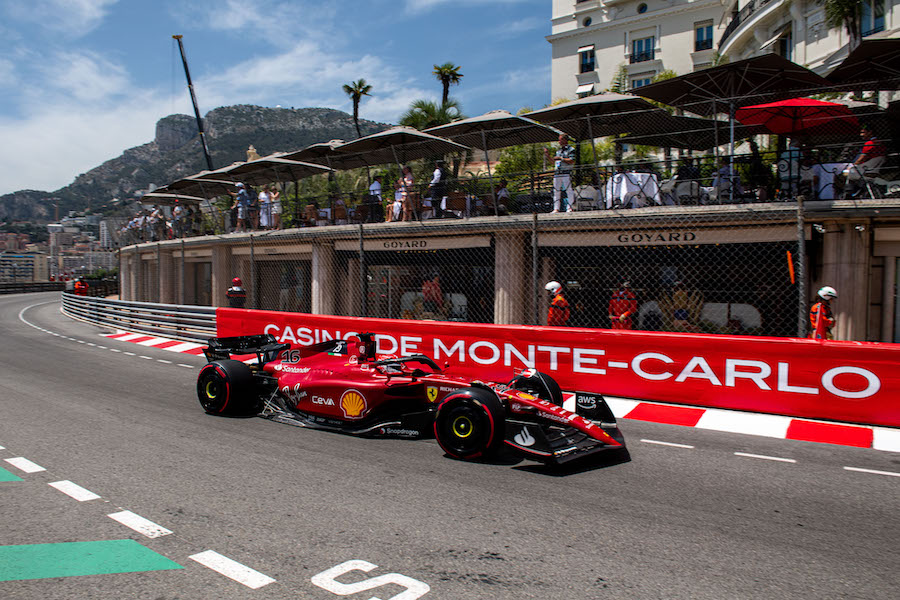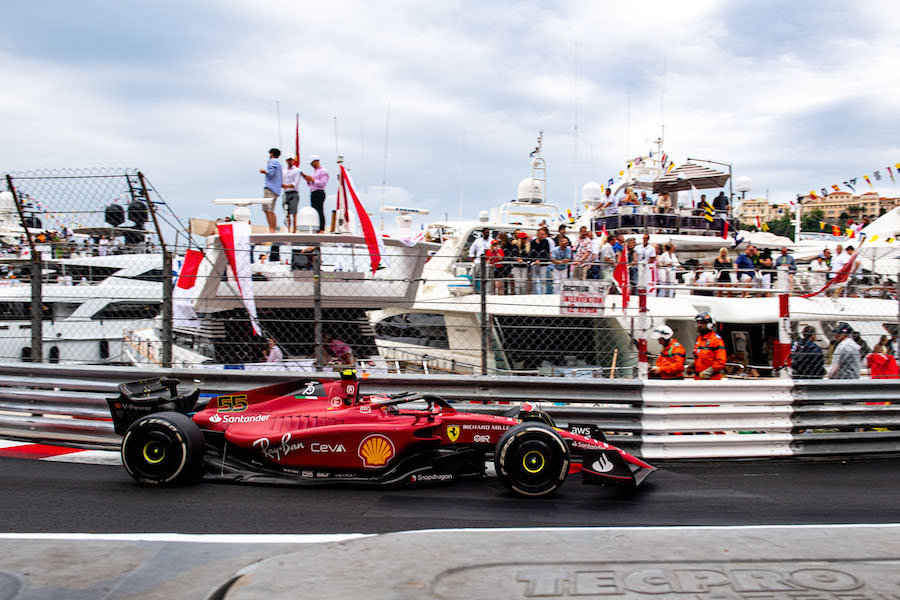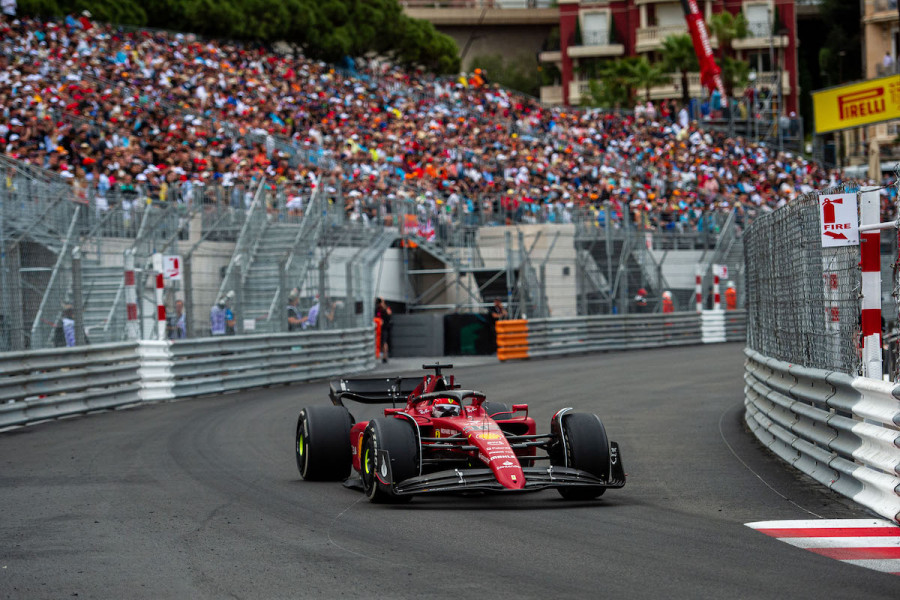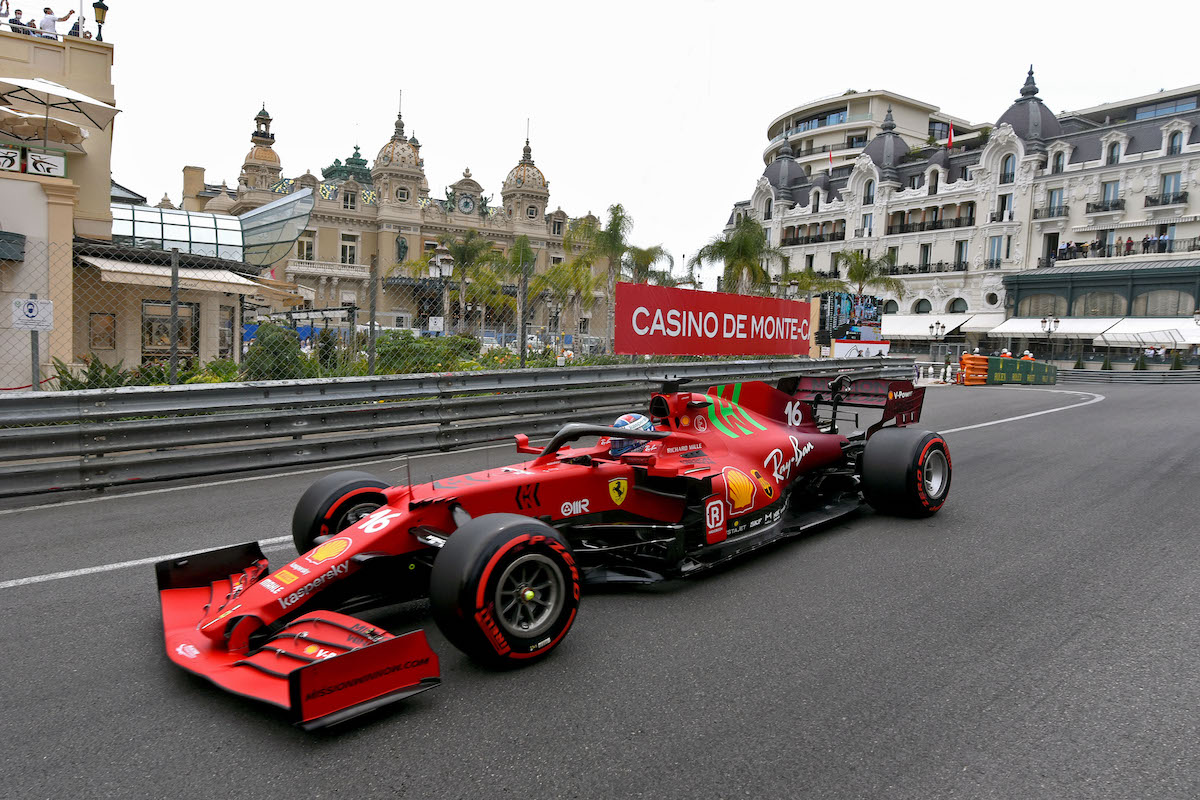There are 18 corners on the Monaco Grand Prix circuit, some treacherous, some notorious and some quirky. But together, they make up the most celebrated racetrack in the history of Formula 1. Here’s the story of how they came to be known by their unique set of names.
It’s one of the motorsport world’s most iconic and glamourous racing circuits, and the Monaco Grand Prix’s fabled urban track has been dazzling drivers and fans alike since 1929. This coming weekend, it will celebrate its 80th edition and prove that it can still capture the imagination of any and all who love the sport.
Die-hard fans will probably know the name of each of the 18 corners of the race, but few know why and how they earned them. Monaco Life is here to fill in the gaps on the turns that turned into legends.
THE FIRST STRETCH
Let’s start at the start: Sainte Dévote. Named for the chapel of the same name that represents the patron saint of Monaco, the Sainte Dévote corner is part devil, part angel. This section is known for its exit barrier, which has seen quite a bit of action over the years as drivers have underestimated the turn and found themselves in the small tiled courtyard in front of the chapel. Some have been able to save themselves and continue with the race. Divine intervention? Perhaps, but misjudging Sainte Dévote is something few do twice.
Next up is Beau Rivage, which isn’t exactly a corner as much as a bend in the road leading up from Sainte Dévote. Beau rivage means beautiful shore, and the view from this spot is a certainly a stellar one… Not that the drivers have time to notice such things.
Turn three is Massenet, named after French composer Jules Massenet. The sweeping left-hand corner passes the Opera House, where a bust of the man himself is perched. It should be a quick corner, except that it leads into Casino Square, which requires a slower pace. Many drivers underrate it, leaving a goodly share of dents on the barriers edging Massenet.

Casino Square follows and it’s a heck of a spot. Boasting some of Monaco’s most instantly recognised landmarks, like the Casino and the Hôtel de Paris, racers blow by in seconds, but not before slowing down just a bit to take this not-so-easy turn, which has seen its fair share of crashes, not least of which involved the son of racing legend Michael Schumacher, Mick Schumacher, while racing F3 in 2021.
Drivers will then find themselves approaching Mirabeau Haute. It was named after the old Mirabeau Hotel, which was torn down to build apartments, and is – shall we say – complicated. Before the braking area, there is a hump in the road that drivers have had to manoeuvre around for years, passing by everyone’s favourite 3am nightcap spot of Tip Top before heading downhill to the right with significant camber. The inside angle was used in days of yore, but is so steep that today’s cars would likely end up on three wheels if they tried. Nico Rosberg got a yellow flag in this spot whilst qualifying in 2014, though it didn’t hurt him as he already was in P1.
THE NEXT TRANCHE
This next turn has had more names than a divorcee on a marrying spree. Originally called the Station Hairpin, as it was the site of the old train station, it was then renamed the Loews Hairpin after the hotel built on the site. It got more confusing as the hotel changed hands, and the corner became the Grand, Sun Casino and then Fairmont Hairpin in succession. It’s one of the few that keeps changing names, despite it also being one of the most recognisable turns on the circuit. It’s incredibly tight and F1 pilots have been known to try all kind of fancy tricks to get around it faster. The typical speed in modern F1 cars for the turn is 65kmph and the odd driver does try to overtake here, though it usually ends badly.
After that comes Mirabeau Bas. It wasn’t that organisers liked the name so much they used it twice, it is simply the twin of Mirabeau Haute, but at a lower elevation.
Next comes Portier, a quartier once known as Le Portier, but is now slowly becoming Mareterra. This turn has a sea view to die for, but can be deceptively treacherous. It’s known for Ayrton Senna’s 1988 crash that ended his chances of a win, handing it over to his teammate – and foe – Alain Prost.
The Tunnel is a bit of a misnomer as it’s not really a corner at all, but is problematic as the lighting is a nightmare and the aerodynamic conditions are completely different to the rest of the track. The really cool thing about the tunnel is that the exit is one of the best places to see an overtake in the race.
The next two turns make up the Nouvelle Chicane, renamed in 1986 from Chicane du Port. It’s another potential overtaking spot, but it isn’t ideal as the drivers emerge from the tunnel into blinding sun just as they hit top speeds. The downhill grade is tricky as braking is difficult here and the gradient changes partway through the drop, which can cause the terrifying possibility of seeing these hugely expensive cars get accidentally airborne. Numerous crashes have occurred in this very spot, making it one of the most dangerous parts of the race.

This next one is slightly comical and very French. The corner is called, quite simply, Tabac after the small tobacconist that has resided in the crook of the turn for as long as most people can remember. The turn is not that memorable, but the owner of the tabac must get his money’s worth renting out that space year after year.
THE FINAL CORNERS
The next corner is really four, making up the collective known as the Swimming Pool. Until 1973, there was a straight run from Tabac to the final corner. Clearly that wasn’t fun enough so, when the Stade Nautique was built, the organisers decided to take the opportunity to use the space as part of the track.
Now, there are two chicanes that take the cars around the pool, the first of which is called the Virage Louis Chiron, named after the local F1 driver who captured the bronze at the first F1 championship in Monaco in 1950. The best drivers tend to love this section, as it’s fast and hard to negotiate, weeding the wheat from the chaff.

Then there is La Rascasse, named after the bar of the same name that sits on the corner. The bar has been transformed over the years from an old fisherman’s hangout to a grungy live music bar to the sleek nightspot it is today. It’s an amazing place to catch the race and an even better one to catch some après-race fun.
Last up is Virage Anthony Noghes. It used to be a hairpin called Gazometre until the 1970s, when it was redesigned in a tribute to the founder of the Monaco Grand Prix, Anthony Noghes. Michael Schumacher passed Fernando Alonso on this corner on the last lap in 2010. The race was still under a safety car, although it had pulled into the pits, giving Schumacher a 20-second penalty and landing him in a disappointing 12th place.
Sign up for the Monaco Life newsletter. For the latest news, follow us on Facebook, Twitter, and Instagram.
Photo credit: Scuderia Ferrari Press Centre
